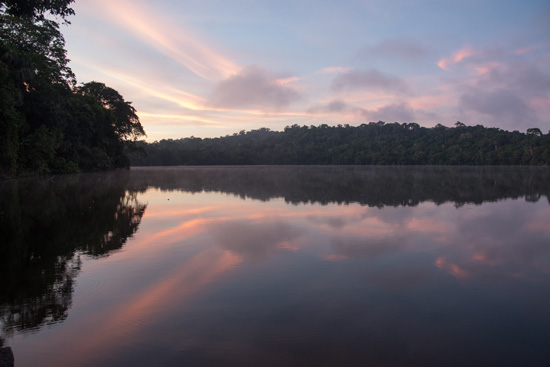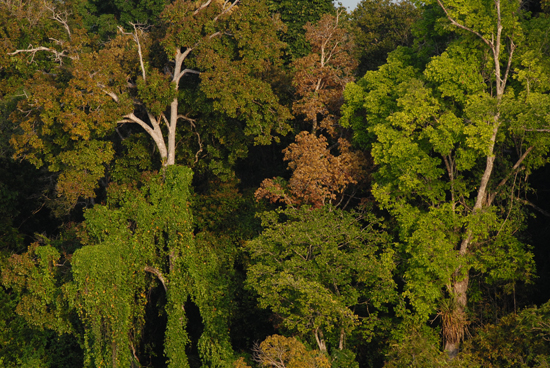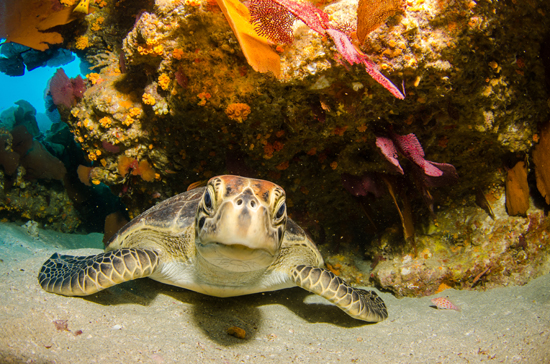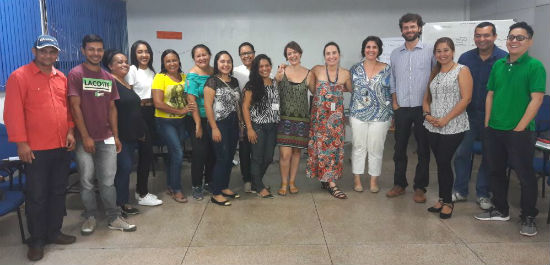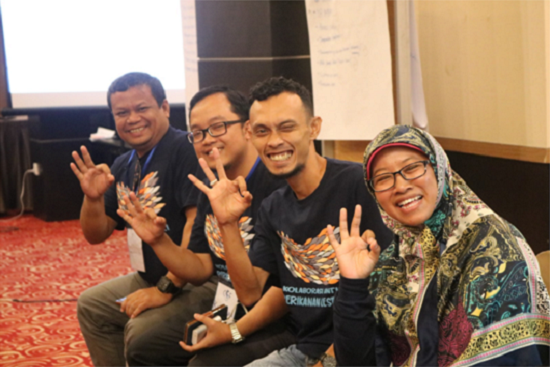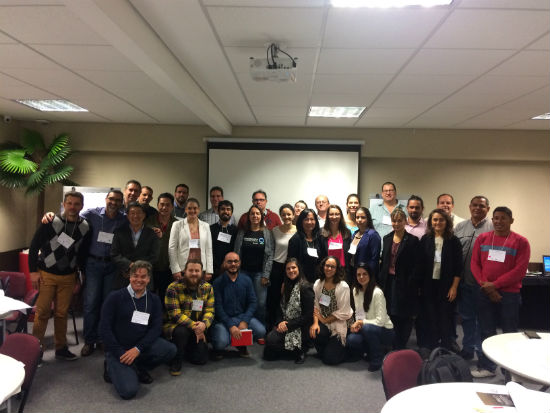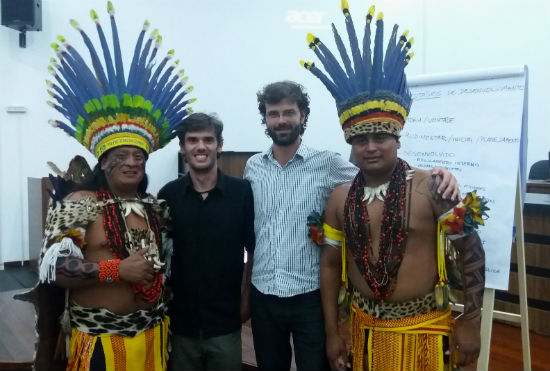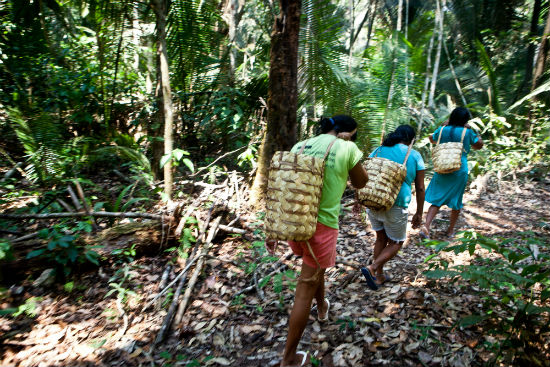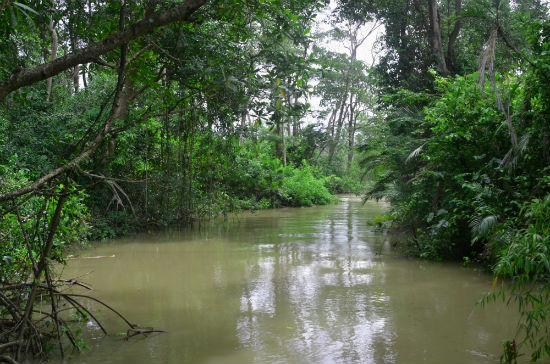News
In partnership with the Forest Code Observatory (OCF) and Brazilian State level Environment Agencies, CSF-Brazil has concluded a study on the implementation of Environmental Reserve Quotas (CRAs) in the state of Maranhão (MA), and opportunities in Bahia (BA) and Tocantins (TO). We aim to support MA in the CRAs market implementation and to promote dialogue and experience sharing among MA, BA and TO. The ultimate goal of the study is to promote ecosystem and forest conservation in a more economically efficient and environmentally sound way in the Amazon, Cerrado and Caatinga Brazilian biomes.
Sea turtle resting in the reefs of Cabo Pulmo National Park. Photo credit: Leonardo Gonzalez/Shutterstock.
Participants of the Fazendinha APA’s ESs value chains workshop.
Participants enjoying themselves between training sessions.
CSF-Brazil, in partnership with Native Amazon Operation (OPAN), has completed an analysis of the stock management and sales of the pirarucu fish in protected areas (PAs) in Amazonas state (AM), Brazil."Diagnosis of the Management of Pirarucu in Protected Areas of the Amazon" seminar participants. Photo credit: OPAN and CSF.
CSF-Brazil Director, Pedro Gasparinetti, CSF-Brazil consultant, Rodrigo Ozorio, and leaders from the Wazare indigenous village.
Conservação Estratégica (CSF-Brazil) is pleased to announce the launch of a new publication "Guide for the Participatory Development of Sustainable Business Plans” (in Portuguese).
Women of the Paiter Suruí people collecting the babassu fruit in the Sete de Setembro IL, in Rondônia state.
Workshop participants doing group work.
Conservação Estratégica (CSF-Brasil) led a workshop on sustainable business plans for products from the Amazon. The aim was to create an open-space for dialogue on possible ways to support the development of sustainable businesses and the strengthening of their value chains in the Brazilian Amazon.
CSF-Brazil is pleased to announce the launch of a new publication (in Portuguese): "The values of ecosystem services of the Brazilian mangroves, economic instruments for its conservation and the Salgado Paraense case study".
Roughly 90% of mangroves in Brazil are located in protected areas (PA). However, there are important deficiencies in financial sustainability and resource management that affect natural capital stocks, biodiversity and thus, local communities.

